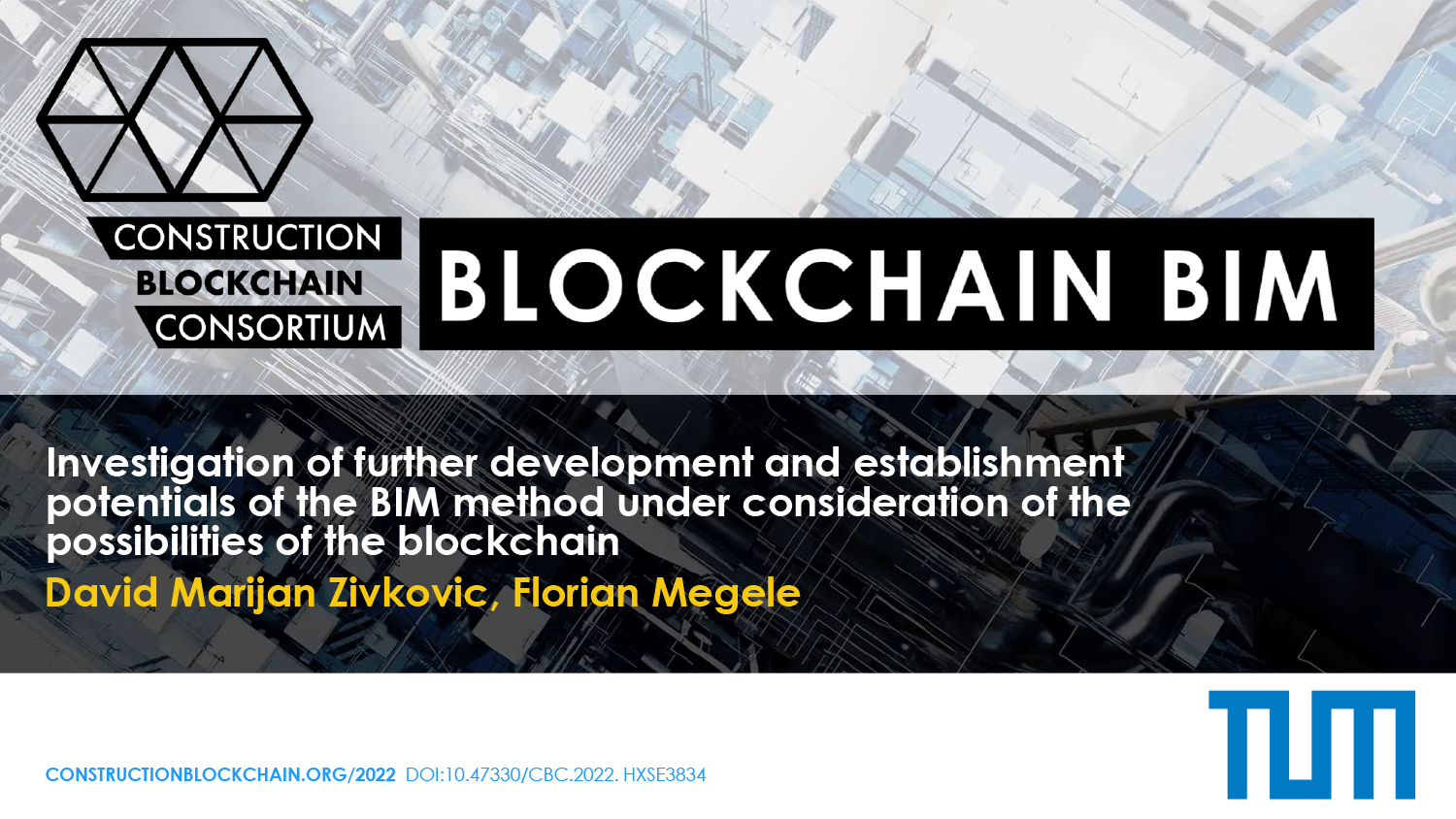Investigation of further development and establishment potentials of the BIM method under consideration of the possibilities of the blockchain
Abstract
The construction sector in Germany has one of the lowest levels of digitalisation among all sectors. Technical tools and processes are not used in all companies. However, since the construction of a building is a long and error-prone process that often involves several different companies across all phases of construction, there is huge potential for optimisation in this area. One way of tackling this problem is Building Information Modelling (BIM). The BIM method refers to a digital building model in which the data exchange of all participants takes place in a holistic system across the entire construction and life cycle phase. The establishment and development of BIM is currently still being held back by a variety of factors. On the other hand, new technologies are coming on the market that offer new approaches and opportunities. One of these is blockchain technology. This work has focused on the possibilities that the blockchain offers to the BIM method. For this purpose, the BIM method was limited to the planning phase and the Blockchain technology to the consortium Blockchain. Based on systematic literature research, obstacles to the BIM method in the planning phase are localised, which are then contrasted with the potential of the consortium blockchain technology. In the process, several potential use cases emerge. A concrete use case is then selected in order to develop a conceptual model. In the beginning, the current state is shown. Subsequently, the target state is clearly defined and, based on this, a model is developed that shows exactly how the blockchain and BIM must be linked in order to achieve the target state. For this purpose, the graphical modelling language UML is used to illustrate the classes, relationships and processes. Finally, the model will be evaluated. The results of the model will be put into context with existing papers that have presented blockchain application possibilities for the BIM method.
Keywords
Blockchain, Construction, Distributed Ledger Technology, DLT, Roadmaps, Smart Contracts.

